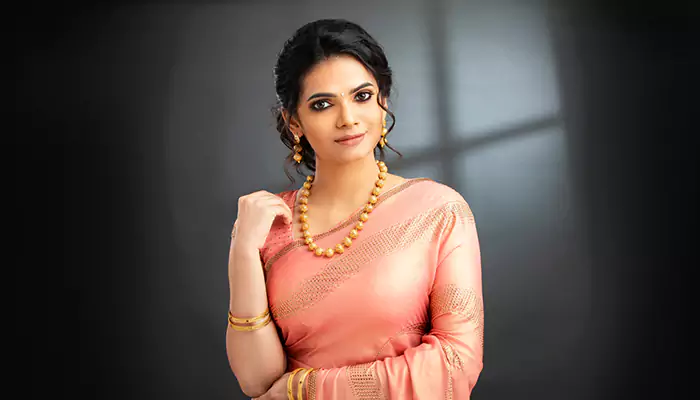Styling Handloom Textiles on Every Occasion
From Jamdani to Kunbi, thankfully we have the versatility of handlooms to match every occasion; every mood.
- Puja Sinha
- 22 May, 2025
- 2 mins ago

Styling Handloom Textiles on Every Occasion
From Jamdani to Kunbi, thankfully we have the versatility of handlooms to match every occasion; every mood.
Indian textiles are an art, and each art form requires immense time and love to come into form. Simple and nondescript at times, Indian handlooms have carved a niche in fashion on a global pane. The departure from kitschy and gaudy pieces and the return to comfortable handloom textiles is a remarkable shift. Not surprising that even designers are returning to the century-old practices of making textiles and creating something perfect for every wardrobe.
Khadi in Vibrant Shades and Comfy Textures
The light, sustainable, and organic fabric is available as every wardrobe necessity: sarees, shirts, kurtas, dresses, dhotis, and salwar. The fabric has evolved over the years and integrated other fibres to feel lighter and softer. Today, the khadi work ensemble is a revolutionary dress code on its way to becoming a global sensation. Besides formals, flared dresses for parties and festivities are also quite a buzz. Suffice it to say that khadi is now available in contemporary and traditional designs, and designers are also not flinching from pairing khadi with kalamkari, chikankari, and phulkari.
Jamdani in Geometric Motifs
The light and sweat-absorbing qualities of jamdani make it a beloved summer textile and also classy party wear. Today, jamdani is stitched into dresses with small floral and geometric motifs floating at the base. The representation of plants and flowers on jamdani fabric is typical of the Bengal handloom industry. Jamdani has been streamlined today and the weaving techniques are apparent in dhotis, scarves, kurtas, and bottoms. Its identity is no longer restricted to sarees and has transformed into more of a cosy, snuggle-worthy wear.

Kota Doria and its Contemporary Tweak
Hailing from the Kota region of Rajasthan, in the making of kota doria varying densities of silk and cotton are used. There are multiple types of kota doria weaving, which include plain work, block print, and zari designs. The fabric is used in everyday apparel and festive wear. From sarees, dupattas, Anarkali suits, palazzos, and dresses, to tank tops, the reach of kota doria in the urban fashion landscape is mesmerising. Cities like Kolkata, Jodhpur, Bikaner, and Jaipur have a distinct fascination with this fabric, and fashion designers have shouldered the responsibility of weaving this fabric into a wardrobe staple.
Kunbi, the Goan Favourite
Kunbi is woven by the Kunbi tribe of Goa in a chequered pattern and sturdy material to withstand the trials and tribulations of farming life. The fabric is draped by farmers who work in paddy fields. Now, journeying from the paddy fields and hills of Goa, sustaining a life of hardship, the kunbi fabric has firmly asserted its dominance in the metropolitan cultural scenes. Available in kaftans and sarees, choose kunbi for formal settings, occasions, and even beach days.
The Near-Century Supremacy of Tangaliya
Tangaliya or Daana has been woven for 700 years, woven in a technique that originated in Surendranagar of Gujarat. Typical of daana are the tiny, raised, and coloured dots that resemble grains on darker hues of fabrics. The contrasting threads are woven to create the dana or beadwork and give tangaliya an exquisite appearance. Tangaliya is now available in skirts, scarves, and dresses and makes for an easy-breezy chill outfit.
Chanderi, the Dazzling Star
Trust chanderi for the occasions that demand something comfy but fancier than cotton. Woven in the Chanderi region of Madhya Pradesh, the intricate blend of cotton and silk fibres necessitates a buy for every occasion. The fabric is lightweight and minimal and elevates your look effortlessly each time you wear it as a saree, kurta set, or top.









